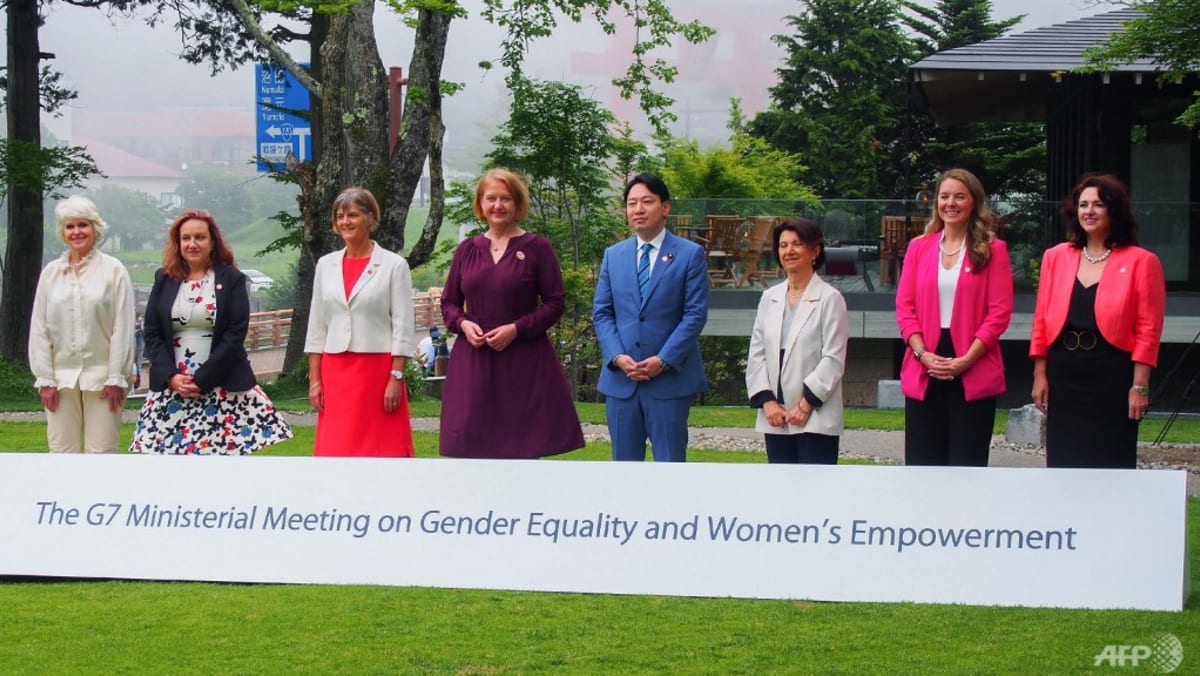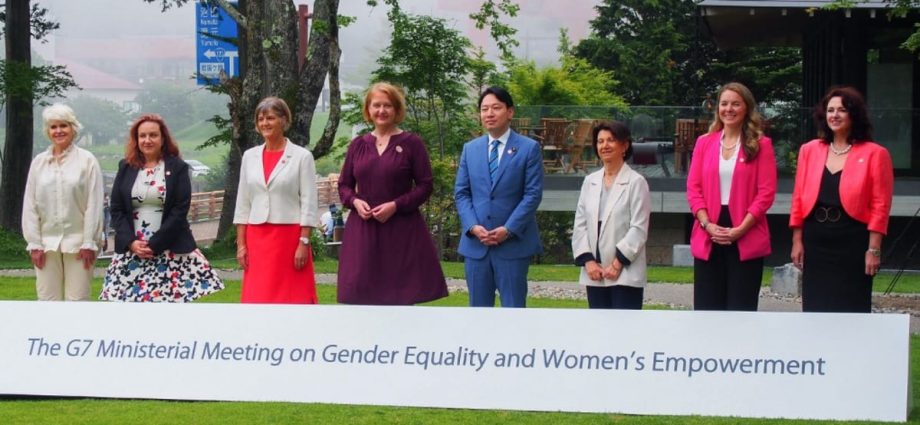
For an economy that struggles with labour shortages, women have long been an underutilised resource. Having achieved almost full parity in education attainment, Japan has one of the highest literacy rates globally, and 46 per cent of graduates from tertiary education are female.
However, at the elite University of Tokyo, only around 20 per cent of undergraduates are women. In addition, several universities have been found to discriminate against female students. In 2018, Tokyo Medical University admitted to manipulating the test scores of female applicants for more than a decade to ensure more male doctors. The scandal led to other universities admitting to similar discriminatory practices.
Despite a large percentage of female graduates joining the workforce at junior levels, the female employment rate has tended to drop for women in their 30s as they take temporary or permanent career breaks to focus on childrearing.
FORMER PRIME MINISTER SHINZO ABE’S “WOMENOMICS”
Recognising that Japan’s competitiveness and productivity depend on women’s increased participation, gender was one of the issues that former prime minister Shinzo Abe sought to tackle during his long tenure.
In September 2013, addressing the United Nations General Assembly, Abe stated his intention to create “a society in which women shine”.
A key part of his signature “Abenomics” strategy, which was launched in the same year, was “womenomics”, aimed at boosting female employment rates to the level of other developed economies, and promoting women into management roles. He also pledged to invest more heavily in education and childcare.
Nevertheless, after a decade of “womenomics”, the results are not “shining”.

